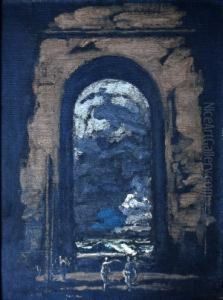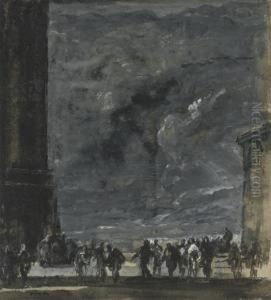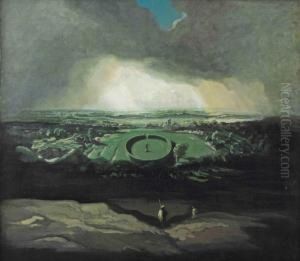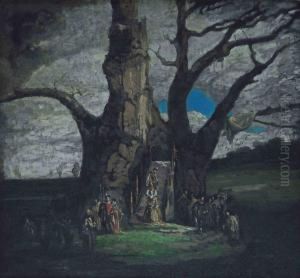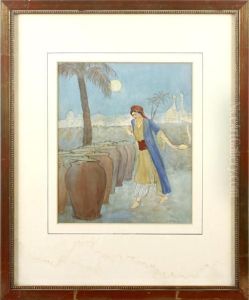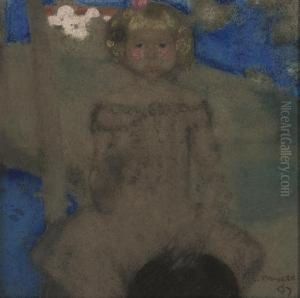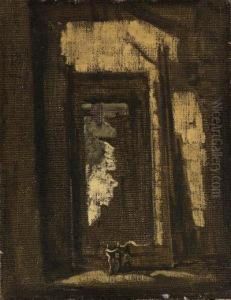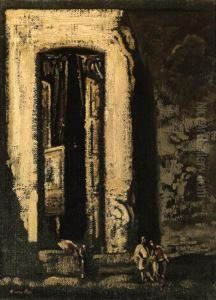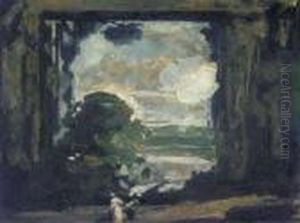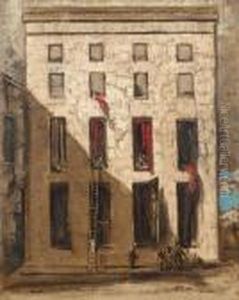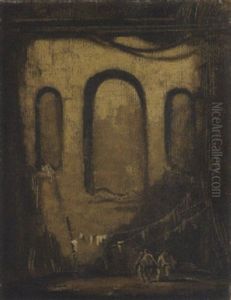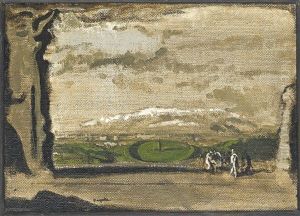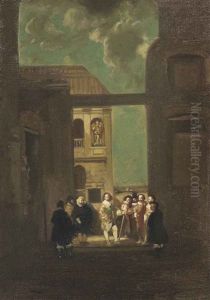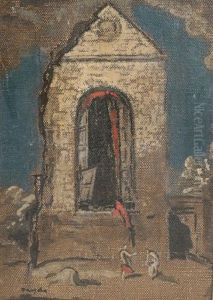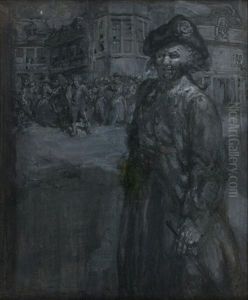James Ferrier Pryde Paintings
James Ferrier Pryde was a Scottish painter and theatrical designer known for his distinctive style and contributions to the Beggarstaff Brothers poster design partnership. Born on March 30, 1866, in Edinburgh, Pryde came from a family with artistic ties—his sister Mabel Pryde was a painter and his brother-in-law, William Nicholson, was a fellow artist with whom he would later collaborate.
Pryde studied at the Royal Academy Schools in London. In the 1890s, he and his brother-in-law, William Nicholson, formed the Beggarstaff Brothers, a pseudonym under which they created revolutionary graphic designs for posters. Their work was characterized by bold simplification of form and a limited color palette, which had a significant influence on the development of graphic design in the early 20th century.
Beyond his work with Nicholson, Pryde was also known for his atmospheric paintings of architectural interiors and urban scenes, often depicting dilapidated and gloomy spaces that evoke a sense of melancholy and grandeur. His style was influenced by the Symbolist movement and the theatricality of the stage, which is evident in the dramatic use of lighting and perspective in his works.
Pryde's contribution to the visual arts extended to stage design as well. He designed sets for several productions in London theaters, bringing his keen eye for composition and atmosphere to the performing arts.
Despite his success, Pryde struggled with alcoholism throughout his life, which affected his productivity and well-being. James Ferrier Pryde died on February 24, 1941, in London. Today, his work is recognized for its innovative approach to graphic design and its evocative paintings that capture the spirit of his time.


